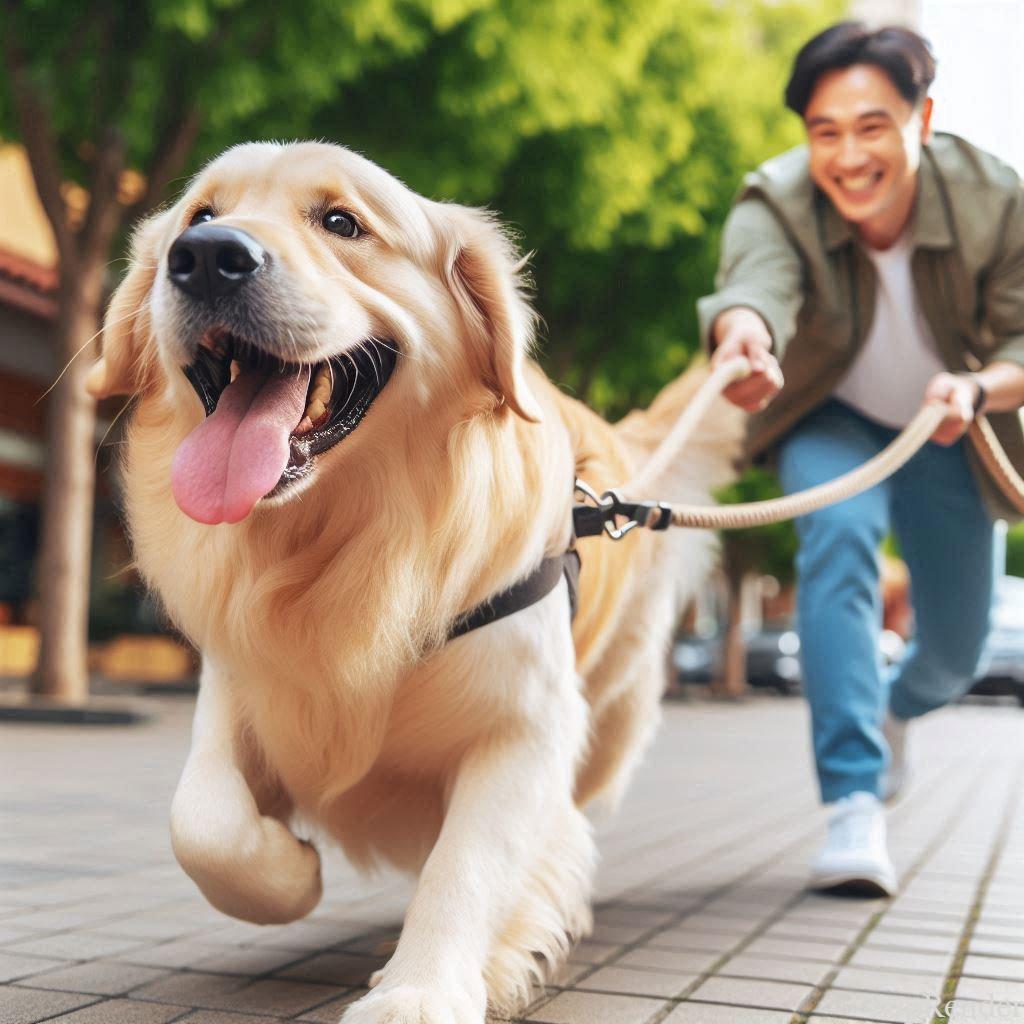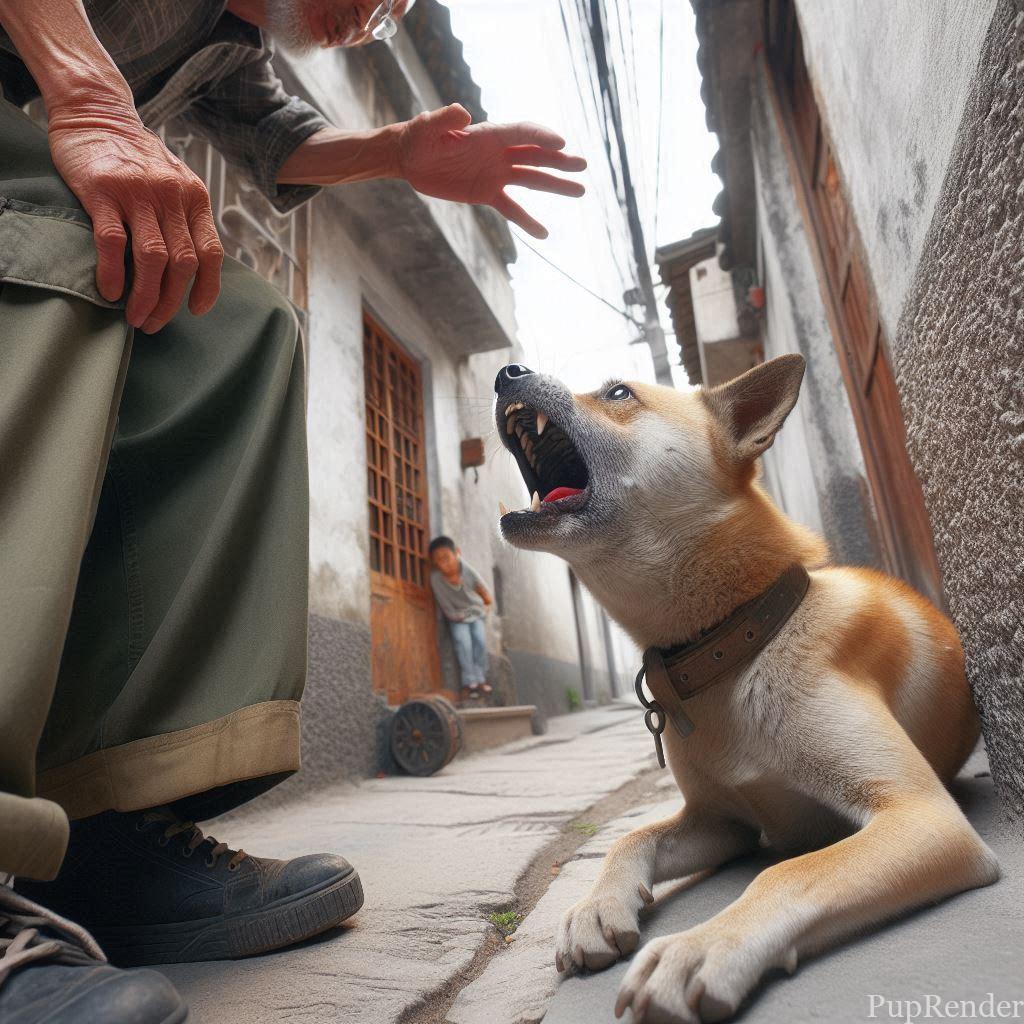The Most Common Dog Behavioral Problems and Solutions
Dogs are known for their loyalty and companionship, but even the most well-behaved pup can experience behavioral issues. Understanding these common dog behavioral problems and knowing how to address them is crucial for any pet parent. Let’s dive into the most frequent issues you may face and provide solutions to ensure a happier and healthier relationship with your furry friend.

1. Excessive Barking
Barking is natural, but excessive barking can be disruptive. Common causes include boredom, anxiety, and reactions to stimuli outside the house.
Solution
Train your dog to respond to commands like “quiet.” You can also reduce excessive barking by providing mental stimulation with puzzle toys or interactive play sessions. Make sure to exercise your dog regularly to reduce pent-up energy that might lead to excessive barking.
Learn more about how to stop excessive barking in our Ultimate Dog Training Tips No One Told You.

2. Destructive Chewing
Destructive chewing is common, especially in young dogs or puppies. Dogs chew to relieve anxiety, boredom, or to soothe their gums during teething.
Solution
Provide your dog with plenty of chew toys. Rotate toys regularly to keep them engaged and ensure they’re not chewing on your furniture or shoes! For adult dogs, addressing underlying anxiety through training or calming techniques is key. Learn more about curbing chewing behaviors in our Dog Hacks Every Pet Parent Should Know.

3. Leash Pulling
Leash pulling is frustrating and can lead to injury for both you and your dog. It’s often due to excitement or a lack of leash training.
Solution:
Use positive reinforcement to teach your dog to walk beside you calmly. When your dog starts to pull, stop walking and wait until they return to your side before continuing. Consider using a harness to gain more control. For more detailed leash training tips, check out How to Train Your Dog to Walk on a Leash.

4. Separation Anxiety
Separation anxiety is a severe issue for many dogs. Symptoms include destructive behavior, excessive barking, and even self-harm when left alone.
Solution:
Create a safe, comfortable space for your dog when you’re away. Start by leaving them for short periods and gradually increase the time. Use calming aids like anxiety vests or diffusers, and consider crate training. Our post on How to Handle a Dog’s Separation Anxiety offers more in-depth solutions to this common problem.

5. Aggression Towards Strangers or Other Dogs
Aggression can be a sign of fear, dominance, or territorial behavior. It can occur towards other dogs, strangers, or even family members.
Solution:
First, identify the root cause. If it’s fear-based, consider desensitization and counter-conditioning techniques to reduce anxiety. Positive reinforcement can help to redirect aggressive tendencies into more appropriate behaviors. Always consult with a professional trainer if aggression persists. Dive deeper into understanding aggression with our Dog Obedience: The Secret to a Well-Behaved Pet.
Wrapping Up
By recognizing these common dog behavioral problems and addressing them early with training and care, you can ensure a happier life for both you and your dog. If you’re struggling with a persistent issue, don’t hesitate to consult with a professional trainer or veterinarian. Also, check out our guide on Understanding Dog Body Language to better communicate with your furry friend.
For additional tips, see the Ultimate Guide to Dog Behavior and Training.
- Learn more about dog behavior from the experts at the American Kennel Club.
- Discover training insights from The Humane Society.





